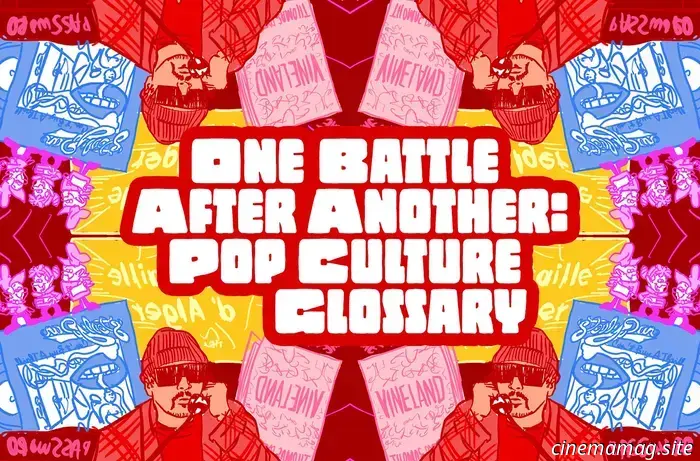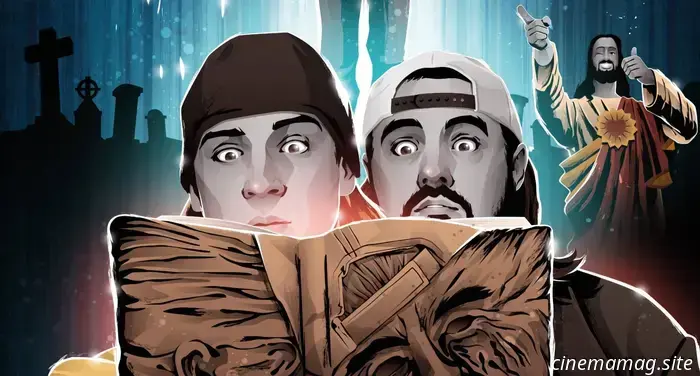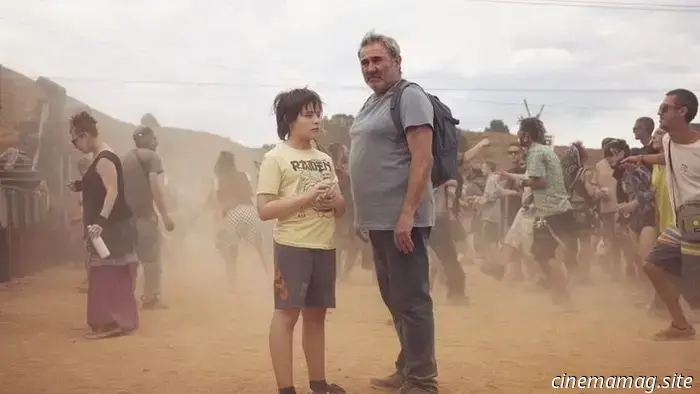
Battles One After Another: A Glossary of Pop Culture
**One Battle After Another: Pop Culture Glossary**
Exploring the film's inspirations, influences, and references—ranging from Steely Dan to Star Wars.
Like all of Paul Thomas Anderson’s works, his tenth feature, *One Battle After Another*, offers a rich narrative. It's a complex story that's equally humorous and poignant, moving rapidly from the U.S.-Mexican border to Baktan Cross and oscillating between drama and comedy. The plot is quite straightforward compared to other films in Anderson’s oeuvre: Leonardo DiCaprio stars as Bob Ferguson, an ex-revolutionary tasked with protecting his daughter Willa (Chase Infiniti) when an old adversary (Sean Penn) resurfaces.
Similar to most of Anderson’s films since *The Master* in 2012, this latest work acts as a Rorschach test, revealing different interpretations with each viewing. While *One Battle After Another* can be enjoyed without decoding, it deepens with repeated viewings. Although Anderson's filmmaking style has leaned more towards improvisation—often compared to “a jazz musician that plays characters”—his films consistently incorporate a blend of research, lived experiences, and personal anecdotes, culminating in something entirely unique.
“All of these influences—fictional works, nonfiction, or personal experiences over the last two decades—have contributed to the essence of the film,” he explained recently on Letterboxd. Throughout its 2 hour and 40 minute runtime, the movie features rapid-fire needle drops, pop culture references, and prevailing memes. To mark its one-month theatrical release as it surpasses $180 million globally (easily making it Anderson’s highest-grossing film), let’s delve into some inspirations, influences, and inside jokes that will enrich your viewings of the film.
Spoilers follow.
---
1. **Vineland**
Anderson has often expressed his desire to adapt Thomas Pynchon’s 1990 novel *Vineland* into a film. “I always wanted to make it, but I never had the guts,” he mentioned in a 2014 interview while promoting *Inherent Vice*, his first major adaptation of Pynchon’s work. Pynchon’s writings, featuring postmodern classics like *Gravity’s Rainbow* and *The Crying of Lot 49*, have long been seen as unadaptable, although some have tried.
Though *Vineland* had been on Anderson’s mind since the early 2000s, he recognized its suitability for adaptation once *Inherent Vice* was released in 2009. The 2014 film remained largely faithful to the novel and, despite its initial reception, developed a significant cult following, even inspiring a detailed scene-by-scene podcast analysis.
“I was highly respectful when adapting *Inherent Vice,*” Anderson told the *Truth & Movies* podcast. “The film aligns closely with the book. With this project, I realized it needed to take a more irreverent approach.” For *One Battle After Another,* he employed a similar method to adapting Upton Sinclair’s *Oil!*—the 1926 novel that served as a basis for *There Will Be Blood*—by extracting certain elements of the novel while creating his own narrative.
“If you view it as an adaptation, you may find it challenging to remain loyal,” Anderson continued. Ultimately, he concluded, “the most effective approach was to borrow what we liked and leave the rest, making it its own story. Here we are, essentially appropriating it.” Although the details and setting are quite different, the essence of the narrative remains recognizable in *One Battle After Another*, leading to speculation during production and an intriguing “inspired by” credit in the final film.
So, what elements did Anderson incorporate from the book?
*Vineland* primarily takes place in 1984 during Ronald Reagan’s reelection campaign, exploring the collapse of the sixties dream through the lens of the eighties, an era marked by the transformation of hippies into yuppies. The narrative focuses on Zoyd Wheeler, an ex-revolutionary single parent living with his daughter, Prairie, a headstrong teenager who notices a generational ideological gap. When federal agent Brock Vond, a significant figure from Zoyd’s past, reappears, the duo go on the run.
Additionally, Prairie’s mother, Frenesi Gates, has an affair with Brock, ultimately betraying her militant collective. Her treachery forces Frenesi to abandon Zoyd and infant Prairie to enter witness protection. Prairie grows up idolizing her mother, only to learn a much more complicated truth. Eventually, Brock finds Prairie, falsely claiming he is her father, before meeting a tragic end.
The novel diverges in many areas (Zoyd crashes through windows while Bob falls from buildings; Prairie engages in ninja activities while Willa takes karate classes), yet Pynchon’s essence endures.
For a second time, it seems Anderson has successfully

































Other articles
 Comic Book Preview – Quick Stops Volume 3 Issue 3
Next week, Dark Horse Comics will be releasing Kevin Smith’s Quick Stops Volume 3 #3, and you can check out a preview of the issue below... The Buddy Christ has fallen victim to a sacred theft, and…
Comic Book Preview – Quick Stops Volume 3 Issue 3
Next week, Dark Horse Comics will be releasing Kevin Smith’s Quick Stops Volume 3 #3, and you can check out a preview of the issue below... The Buddy Christ has fallen victim to a sacred theft, and…
 Neon releases trailer for the highly praised drama Sirāt.
Neon releases trailer for the highly praised drama Sirāt.
Neon releases trailer for the highly praised drama Sirāt.
Neon releases trailer for the highly praised drama Sirāt.
 Best Anonymous Casinos Without KYC Requirements in 2025 - MovieMaker Magazine
Evaluate the leading anonymous and no KYC Bitcoin casinos that provide safe crypto gambling and prioritize privacy in gameplay without requiring ID verification.
Best Anonymous Casinos Without KYC Requirements in 2025 - MovieMaker Magazine
Evaluate the leading anonymous and no KYC Bitcoin casinos that provide safe crypto gambling and prioritize privacy in gameplay without requiring ID verification.
Battles One After Another: A Glossary of Pop Culture
Analyzing the film's inspirations, influences, and references to pop culture—from Steely Dan to Star Wars. Consistent with Paul Thomas Anderson’s other works, his tenth film, One Battle After Another, is a complex piece. With a narrative that is both humorous and poignant, the film transitions from the U.S.-Mexican border to Baktan Cross—and explores various dramatic elements.
